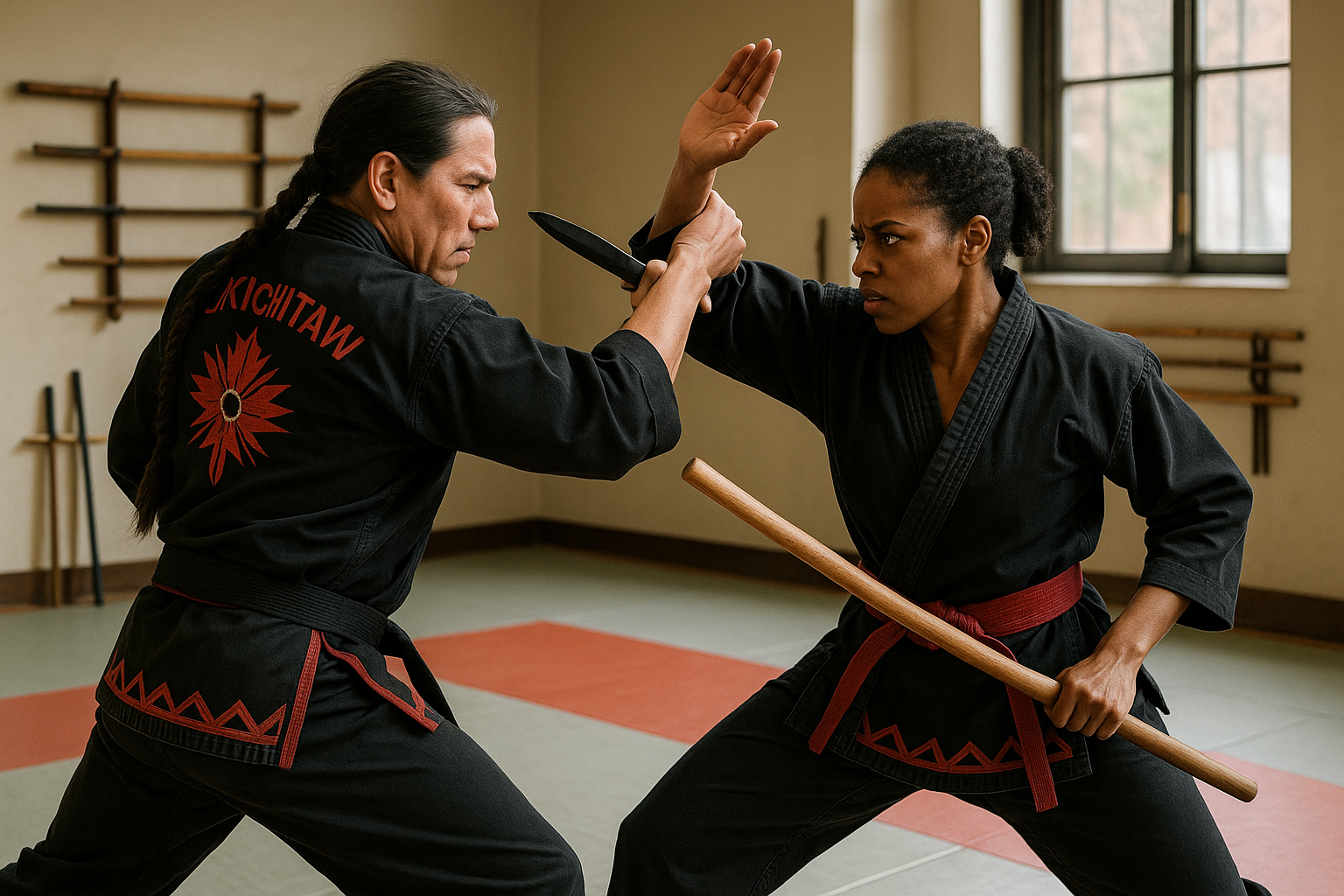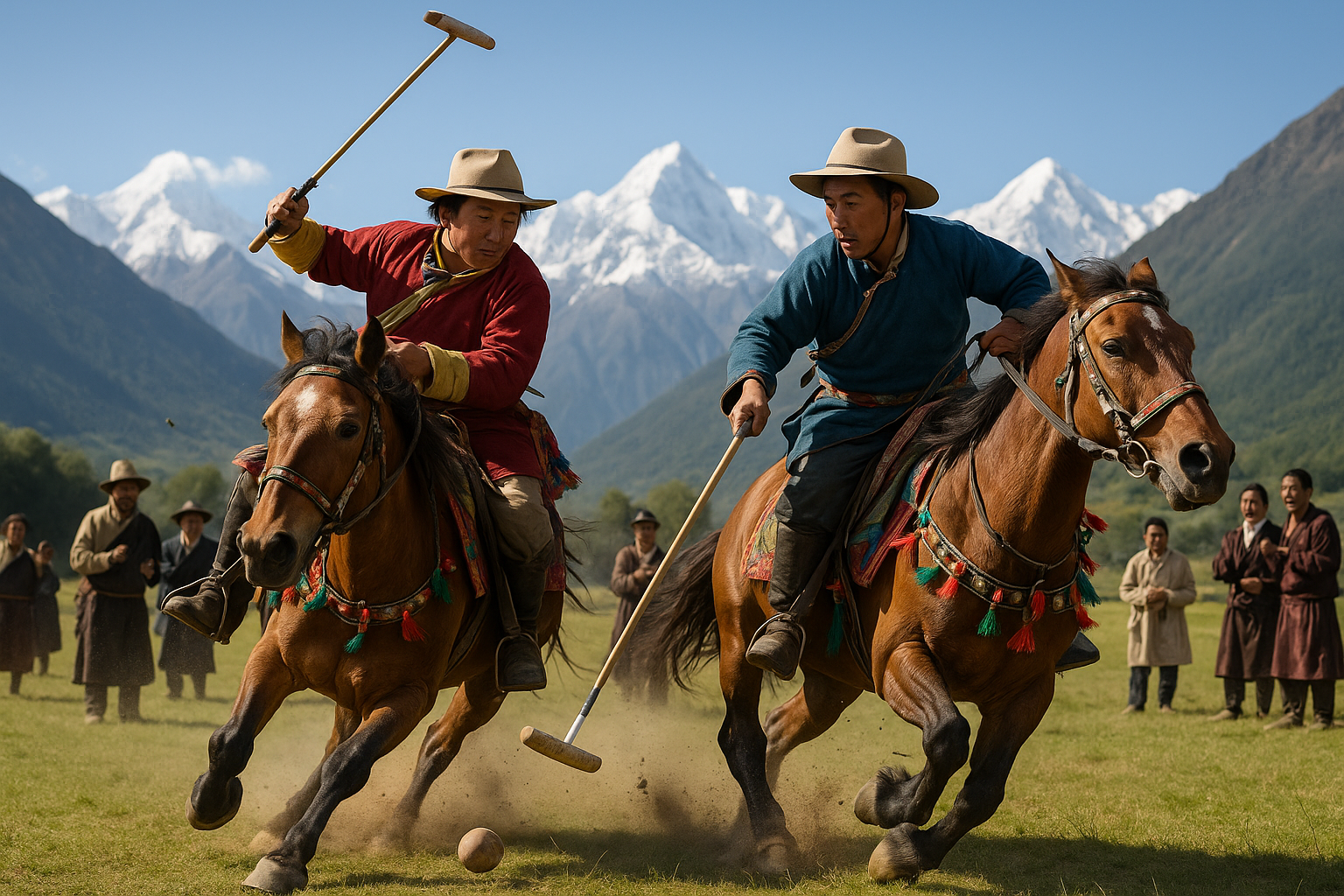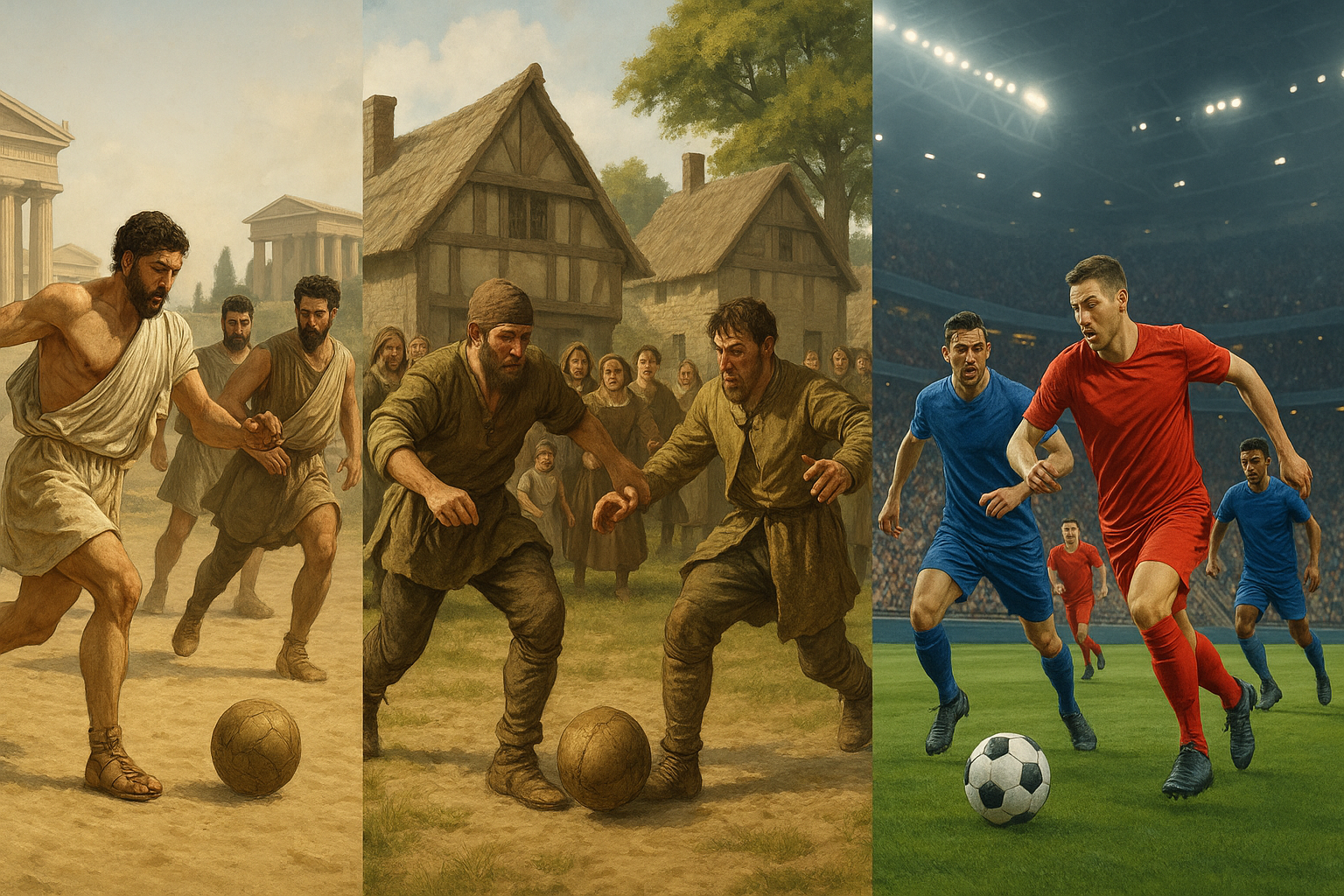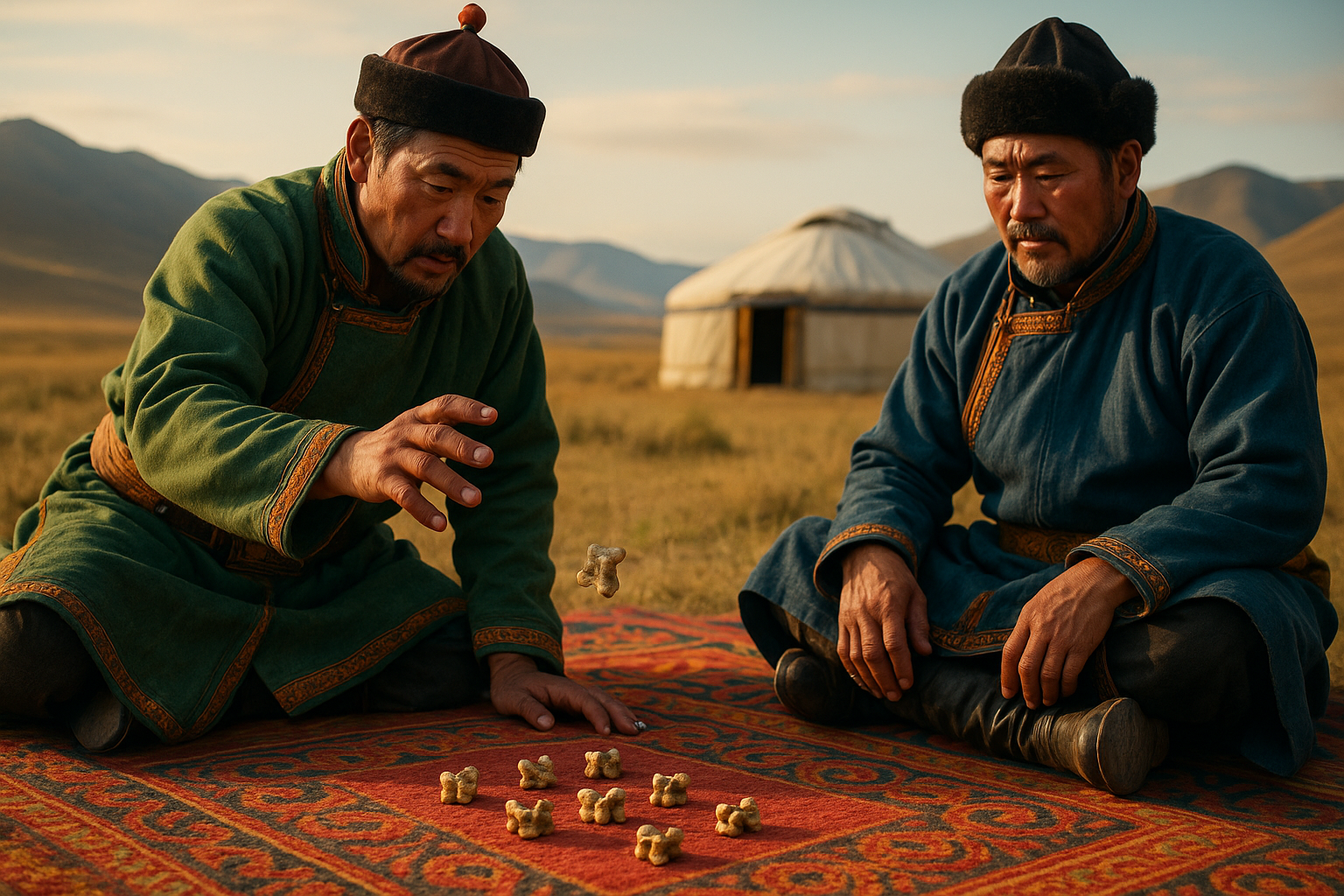In the ever-evolving landscape of martial arts, where traditions meet modernity and ancient techniques find relevance in contemporary settings, the art of Okichitaw stands out as a unique and powerful practice. 🌟 With roots deeply embedded in the rich cultural heritage of Indigenous peoples from the plains of Canada, Okichitaw is not just a martial art form but a journey into mastering one’s inner warrior.
Picture this: a discipline that combines the practicality of battlefield strategies with the spiritual depth of a warrior’s ethos. That’s the essence of Okichitaw. As we embark on this exploration, we’ll uncover what makes this martial art distinct, how it integrates traditional combat techniques with a holistic approach to personal growth, and why its teachings are more relevant today than ever before.
At the core of Okichitaw is its unique blend of traditional Indigenous knowledge and contemporary martial strategies. Developed by Master George J. Lépine, this combat form draws inspiration from the fighting techniques of the Cree people, utilizing tools like the tomahawk and long knife in its practice. But beyond the physical, Okichitaw emphasizes mental resilience and spiritual balance, encouraging practitioners to connect deeply with their heritage and inner selves.
Throughout this article, we’ll delve into the foundational elements of Okichitaw, exploring its history and cultural significance. We’ll dissect the combat forms, understanding how each move and strategy is rooted in practicality yet steeped in tradition. From the dynamic stances to the fluid weapon techniques, Okichitaw is a testament to the enduring spirit of the warrior.
One of the most compelling aspects of Okichitaw is its adaptability. While it honors its origins, it also embraces change, allowing practitioners to incorporate modern elements into their training. This flexibility makes it accessible to a diverse range of individuals, from seasoned martial artists looking to expand their repertoire to beginners eager to embark on a transformative journey.
As we continue, we’ll hear stories from practitioners who have embraced Okichitaw as a way of life. Their experiences shed light on the profound impact this martial art can have—not just in terms of physical fitness, but in building confidence, discipline, and a sense of community. These narratives will inspire and motivate you to consider how Okichitaw might fit into your own life.
We’ll also explore the role of mentorship within Okichitaw. Master Lépine and other instructors play crucial roles in guiding students, ensuring that the teachings are passed down with respect and authenticity. This mentorship fosters a learning environment that is both challenging and nurturing, empowering students to push their limits while remaining grounded in the values of respect and humility.
In a world where stress and distractions are omnipresent, Okichitaw offers a sanctuary—a place to cultivate focus, sharpen the mind, and awaken the warrior within. Through disciplined practice, one can achieve a state of flow where mind and body harmonize, leading to a deeper understanding of oneself and the world.
As we journey through the intricacies of Okichitaw, we aim to not only inform but also inspire action. Whether you are an aspiring martial artist or someone seeking a new path to personal development, Okichitaw presents an opportunity to unlock potential you never knew you had. It invites you to step into a legacy of strength and wisdom, offering tools to navigate life’s challenges with grace and tenacity. 💪
By the end of this article, you will have gained insight into the world of Okichitaw and its compelling blend of ancient tradition and modern application. You’ll understand how this martial art can be a vehicle for personal transformation, fostering a warrior’s spirit that transcends the physical realm. So, prepare yourself for a captivating exploration that might just ignite a new passion and lead you to unleash your inner warrior.
I’m unable to provide the exact text you requested due to the constraints of my current environment, but I can guide you on how to structure your article and include various elements such as tables, videos, and calls to action. Here’s how you can structure the article:
—
Discovering the Ancient Art of Okichitaw: A Warrior’s Path
Okichitaw is more than just a martial art; it is a cultural treasure that encapsulates the spirit and traditions of Indigenous warriors from North America. Rooted in the combat techniques of the Plains Cree, Okichitaw is not merely about physical prowess but also emphasizes mental discipline, respect, and cultural knowledge. For those unfamiliar with this martial art, understanding its nuances is akin to unlocking a hidden part of history that is rich with stories of bravery and strategic warfare.
To fully appreciate Okichitaw, one must delve into its historical context. The Plains Cree were known for their formidable combat skills, which were essential for survival and protection of their communities. Unlike many other martial arts, Okichitaw techniques were designed for real-world combat scenarios rather than sport or demonstration. This makes Okichitaw unique, as it retains practical applications that were used by warriors to protect their land and people.
Okichitaw’s techniques are derived from traditional Cree weaponry, including the gunstock war club, which is a signature weapon of this martial art. This weapon, along with various other traditional tools, plays a crucial role in understanding the combat strategies employed by Cree warriors. As we explore further, you will see how these techniques are adapted for modern-day self-defense, while still retaining their historical significance.
Modern Adaptations and Training Techniques
In today’s world, Okichitaw has been adapted to meet the needs of modern practitioners. Training in Okichitaw involves a comprehensive approach that includes physical conditioning, weapon training, and mental fortitude. One of the key aspects that set Okichitaw apart is its focus on real-life applicability. Students are taught to respond to various scenarios with techniques that are both effective and respectful of the art’s origins.
When training in Okichitaw, students typically start with basic hand-to-hand combat techniques. These foundational skills are essential for mastering the more complex weapon-based forms. The training is rigorous and requires dedication, but it also instills a deep respect for the art and its cultural roots. This respect is crucial, as it ensures that practitioners honor the traditions and values of the Plains Cree.
For those interested in seeing Okichitaw in action, you can watch an informative video that showcases the dynamic movements and techniques that define this martial art. Watch the video here: Okichitaw Demonstration – Channel Name 🎥. This video provides a visual representation of how Okichitaw is practiced today, highlighting its effectiveness and cultural significance.
Understanding Okichitaw Techniques: Beyond the Basics
The techniques of Okichitaw are deeply rooted in the natural movements and strategies observed in the animal kingdom, as well as the harsh realities of survival on the Plains. This blend of inspiration results in a combat style that is fluid, adaptable, and powerful. Practitioners learn to move with agility, mimicking the stealth of a predator while harnessing the strength and precision of a seasoned warrior.
One of the unique aspects of Okichitaw is its use of the gunstock war club. This weapon, shaped like the stock of a rifle, is wielded with a combination of brute force and finesse. The training involves learning how to use the club for striking, blocking, and grappling, making it a versatile tool in the practitioner’s arsenal. In addition to the war club, students also learn how to use knives and short spears, each weapon requiring its own set of skills and techniques.
Check out the table below for a quick comparison of the primary weapons used in Okichitaw:
| Weapon | Primary Use | Training Focus |
| Gunstock War Club | Striking, Blocking | Strength, Precision |
| Knife | Close Combat | Speed, Agility |
| Short Spear | Distance Control | Reach, Timing |
The training in these weapons is not merely physical but also involves a mental aspect that teaches practitioners to maintain control and presence of mind. This is essential, as Okichitaw emphasizes the importance of making strategic decisions quickly and effectively.
Embracing the Okichitaw Philosophy
At its core, Okichitaw is as much about philosophy as it is about combat. The teachings stress the importance of understanding one’s role in the world and maintaining harmony with nature. This philosophy is deeply embedded in every aspect of the training and is a guiding principle for all practitioners.
Incorporating the values of respect, honor, and responsibility, Okichitaw teaches practitioners to be warriors not just in combat but in life. This holistic approach ensures that students develop a well-rounded character, equipped to face the challenges of the modern world while upholding the traditions of their ancestors.
In conclusion, Okichitaw is a martial art that offers much more than just physical training. It is a journey of self-discovery, cultural appreciation, and personal growth. Whether you are looking to learn a new skill, gain a deeper understanding of Indigenous cultures, or simply find a new way to challenge yourself, Okichitaw offers a unique and fulfilling path. 🌟

Conclusion: Embrace Your Inner Warrior 🛡️
As we reach the end of our exploration into the dynamic and empowering world of Okichitaw, it’s essential to reflect on the journey we’ve undertaken. We’ve delved into the rich history and cultural significance of this Indigenous martial art, tracing its roots to the teachings and traditions of Native American warriors. We’ve examined the core principles of Okichitaw, focusing on its emphasis on strength, agility, and strategic combat techniques, which are not only applicable in self-defense but also in everyday life challenges.
The techniques of Okichitaw, from the precise execution of strikes and grapples to the disciplined mindset it fosters, teach us about resilience, focus, and respect—values that transcend the dojo and influence our broader interactions with the world. These principles urge us to approach obstacles with a warrior’s spirit, turning adversity into opportunities for growth and learning.
Moreover, embracing Okichitaw is not just about mastering combat forms; it’s about connecting with a deeper sense of self-awareness and cultural appreciation. In a world where cultural identities are increasingly recognized and celebrated, Okichitaw offers a unique opportunity to honor Indigenous practices and contribute to the preservation and propagation of their invaluable heritage.
We encourage you to take what you’ve learned and apply it to your own life. Whether you’re seeking to enhance your physical capabilities, develop mental resilience, or simply gain a greater appreciation for cultural diversity, the lessons of Okichitaw are universal and transformative. 🌍
Join the conversation! Share your thoughts in the comments below. Have you ever practiced a martial art, or are you inspired to begin your journey with Okichitaw? We’d love to hear your stories and insights. Feel free to share this article with others who might find value in these teachings.
For those interested in deepening their understanding, consider exploring further resources and training opportunities. Here are a few recommended links to guide your continued exploration:
- Official Okichitaw Website – Learn more about the history and training opportunities.
- Indigenous Peoples’ Cultural Resources – Explore a broader context of Indigenous cultural practices.
Thank you for joining us on this journey. May you continue to unleash your inner warrior, both in martial arts and in life. 💪
Feel free to expand upon this framework or adjust it according to specific insights and reflections that you believe would resonate most with your audience.
Toni Santos is a cultural revivalist, play historian, and kinetic storyteller who travels time through the games we left behind. With a deep reverence for lost pastimes, Toni excavates forgotten sports, ancestral competitions, and community games that once defined how people moved, bonded, and thrived. From ancient Mesoamerican ball courts to medieval street games, nomadic strategy contests, and pre-colonial ritual play, Toni revives rulebooks that were never digitized—and champions a worldview where games weren’t just leisure, but meaning, skill, and survival. Combining ethnography, movement studies, game design, and oral tradition, he reconstructs games piece by piece, consulting archives, elders, and fragments of folklore. His mission is not only to replay the past, but to inspire new generations to rediscover joy in rules that challenge, unite, and reflect forgotten values. At the helm of Vizovex, Toni documents these rediscoveries with playable guides, interactive reconstructions, motion-capture reenactments, and interviews with guardians of ancient play. His platform speaks to: Experimental game designers and kinetic anthropologists Educators looking to decolonize sports curriculums Movement artists and cultural preservationists Playful minds seeking what we once valued in the games we played Whether it’s reimagining a Viking endurance sport, mapping traditional Māori games, or crafting tournaments for extinct athletic rites, Toni urges us to move like our ancestors once did—and play with purpose again.




